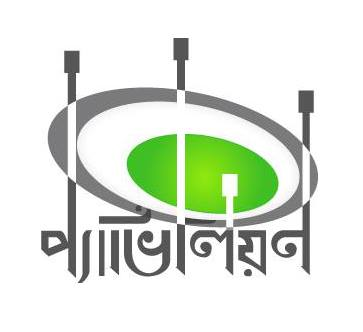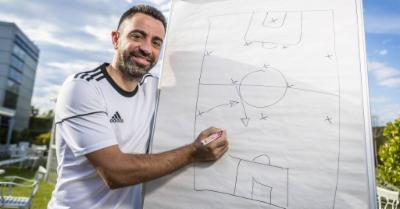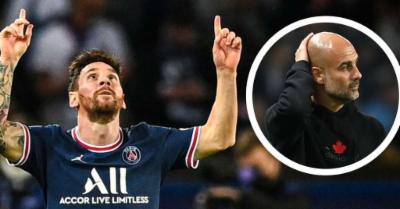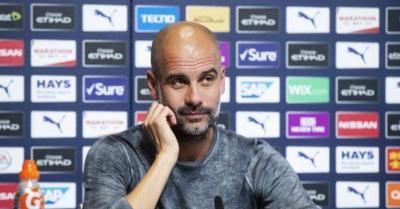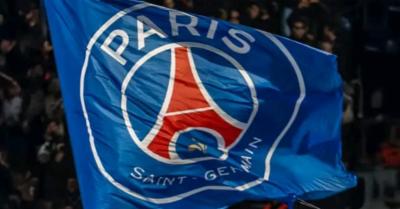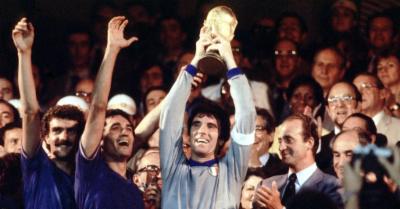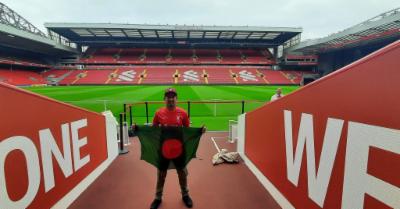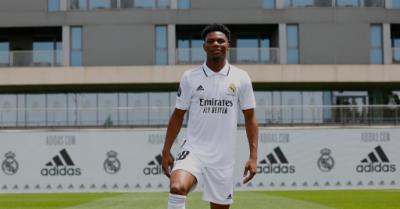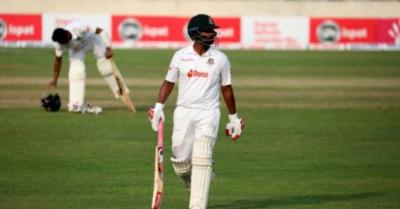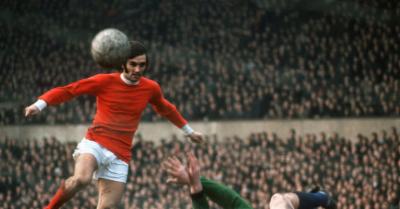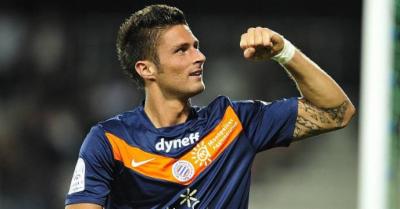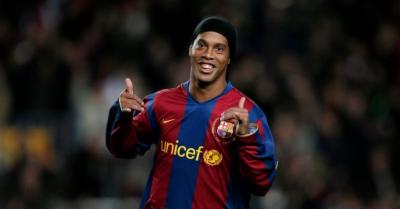Subtle Art of Lionel Scaloni
পোস্টটি ১৬১৫ বার পঠিত হয়েছে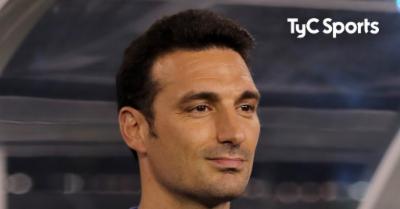
After 28 years, Argentina upheld to win a trophy. The credit goes to their coach Scaloni apropos to the players like Messi, Di Maria, De Paul.
. Football over the years has evolved into a more strategic game relatively than an individual game. People who have adopted the collective approach will prosper, and Argentina certainly was the most strategic team in the tournament. Over the years Argentina's team was heavily counted on to individuality , as they have the best player of this century.
So here I will try to analyse Argentina's tactical approach in defensive and offensive structure.
I will inaugurate by listing and detailing the different defensive behaviours, turning on the height of the block on the pitch. Pressure on the opponent's ball and in a deeper block. Then we will shift on to the distinct mechanisms in the offensive phase.
The fundamental purpose of Argentina’s pressing structure was to prevent passes in the centre lane and to orientate to the wing, where there is a spatial limitation and inferior aptitude to move forward. Each emblem commences an individual lookout of its pair on the strong side.
Pestering the receiver from the back:
Brazil, through distinct automatisms, embarked to break that pressure by activating Neymar - Paquetá. Here Romero/Otamendi were key, accompanying runs, being aggressive in duels, making their receptions uncomfortable or discouraging them from turning.
Cuti Romero was the most precise player in the final: he only missed one pass out of 34 attempted. He also made four recoveries, one clearance and one blocked shot.
Low block:
This is the height they are most comfortable defending at. 4-4-2 structure being a reactive team, peeping to close spaces in their lines with coordinated movements. The priority was the same: to invite the opponent to play outwards.
Superiority on the flanks:
In the outer corridors, Scaloni pursued to possess at least 4 players to face the triangle formed by Brazil. When there is any movement or exchange of roles in that sector, they organize to defend well and with help on the flanks.
Constant help:
They are so mechanised in avoiding progression that they knew when and where to go for help. If they see that a teammate can be overtaken, they go. Always with the intelligence to know that they do not unprotect more valuable areas.
LAT-DFC interval management:
Argentina perfectly managed the space created when fullbacks were drawn in. Coordination by fullbacks, providing lateral cover, or by the side pivot to move with his partner, prevented outside progress duels
Defence of dualities and lateral duels:
To prevent 2v1 from shaping on the wing, MCs went from side to side generating assists and superiority. They subtract their work to avoid taking risks. On the other hand, it is worth highlighting Montiel's performance in taking on individual duels
Ball covered and receivers covered:
The possessor is always under pressure, taking away facilities and preventing him from taking any action where he needs time/space. This permits the lines to move forward and reduces the space between them.
When Everton and Richarlison switched sides, Acuna began to suffer in that sector. In addition, Tite took off a midfielder and added Firmino. The introduction of Tagliafico allowed Acuna to move forward and establish a more solid defensive scheme in the face of Brazil's growing danger.
Scaloni decided to include Di Maria to damage Lodi on the wing; knowing that the full-back projected a lot. Being a weak point in Brazil, due to the spaces he left behind him. A similar play took place prior to the goal.
Strongside:
Argentina overloads the right side to gather passes. Trying to accumulate men and forcing Brazil to over-roll, they try to grow on that side to attract and look for Acuña who waits on the weak side.
Overcoming lines of pressure:
Argentina starts 4+2 with fullbacks gaining height, De Paul/Paredes as the double pivot and one step ahead Lo Celso. The other variable was 3+2 with Paredes between DFCs to generate sup. in front of the front line.
Rodrigo de Paul played a tremendous game, being one of the stars of the final. He was always an option to progress, either with the ball, to offer continuity-breaking, or without the ball dropping into support - emptying spaces for others to occupy.
De Paul was also the Argentinian player who played the most duels (19), the second player who recovered the most balls (7, one less than Montiel) and the author of the assist for the goal of the championship. A great match.
Positional attack:
In offensive organisation, Montiel was often low, managing possible transitions and forming a 3+1 with Paredes as a pivot. Lo Celso played inside passages and shared heights with De Paul. Acuña and Di María were in charge of providing width.
On the other hand, Brazil was not an organised team, when Argentina cut the mid-field supply, they tend to attack with Neymar and Paqueta. They preferred individuality over strategy. The build-up play was so awful that they couldn't progress through mid. Instead of playing wide or dropping Neymar strategy, they should have played an asymmetrical 4-3-3, so this way they could use Fred and for the space manipulation, they could even strategically involve the whole team. The vertical and horizontal passing lines would be opened up then.
- 0 মন্তব্য



